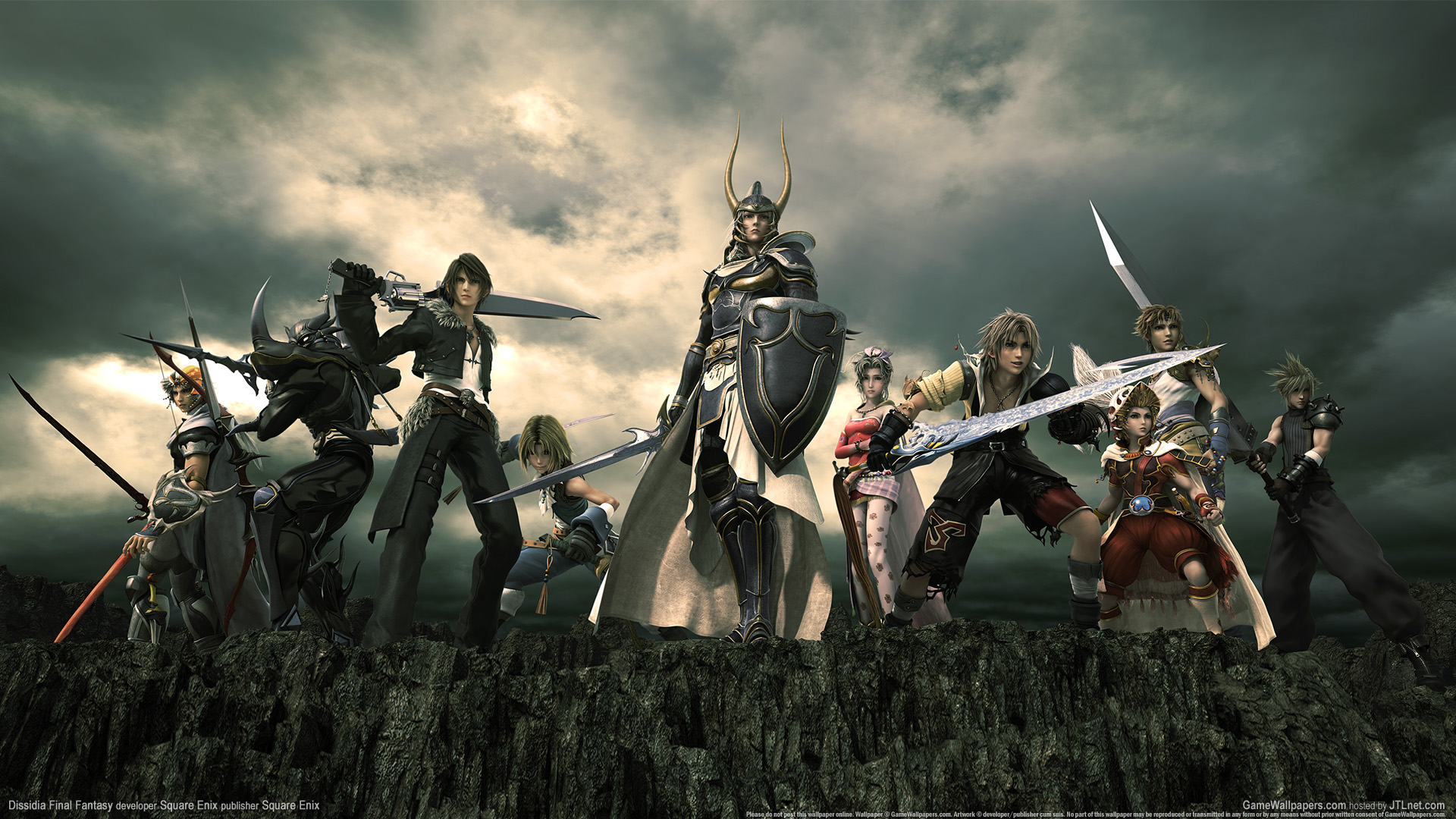Fantasy Play: "Look! I'm John McEnroe!!!"
 Tuesday, August 13, 2013 at 02:02PM
Tuesday, August 13, 2013 at 02:02PM  CAtennis
CAtennis  The story of Stefan Holm in David Epstein's book The Sports Gene is instructive for all parents of young tennis players. The story outlines how Stefan Holm, a now retired Swedish high-jumper and Olympic gold-medal winner, grew up obssessed with the sport after watching Patrick Sjöberg demonstrate his skills on television. After seeing Patrick set the world record, Stefan would run around his house and backyard jumping over obstacles screaming "look! I'm Patrick Sjoberg!" This type of passion wasn't drilled into Stefan's head by an over-eager parent. For Stefan, enacting - together with friends - a fansatsy version of the Olympics was as fascinating as playing pretend cops-and-robbers or cowboys-and-Indians. Stefan's passion was not smothered by his dad - a former lower-level soccer player. Instead, the dad was simply eager to help Stefan pursue HIS goals from a father-son bonding standpoint.
The story of Stefan Holm in David Epstein's book The Sports Gene is instructive for all parents of young tennis players. The story outlines how Stefan Holm, a now retired Swedish high-jumper and Olympic gold-medal winner, grew up obssessed with the sport after watching Patrick Sjöberg demonstrate his skills on television. After seeing Patrick set the world record, Stefan would run around his house and backyard jumping over obstacles screaming "look! I'm Patrick Sjoberg!" This type of passion wasn't drilled into Stefan's head by an over-eager parent. For Stefan, enacting - together with friends - a fansatsy version of the Olympics was as fascinating as playing pretend cops-and-robbers or cowboys-and-Indians. Stefan's passion was not smothered by his dad - a former lower-level soccer player. Instead, the dad was simply eager to help Stefan pursue HIS goals from a father-son bonding standpoint.
As child developmental professionals agree, fantasy play is a rich and rewarding activity that helps kids practice all kinds of new skills. By engaging in fantasy play (e.g., devising their own plots) children practice problem-solving. And problem-solving is a huge component in the game of tennis. When the child has dreamt up a match-play scenario and solved it, s/he is less likely to be anxious when facing a similar scenario in real-life. Accordingly, although there is a time for practice to be serious, a youngster starting in tennis should be encouraged to play-pretend. Let the child pretend that he's Federer, or Nadal, or Djokovic, or Serena, or Sharapova, or Murray. Applaud the child's efforts in using her imagination, supply the props, and let her drive the bus for once. If she wants to play a match where she is Serena and you are del Potro - do it! And make your best efforts to copy the strokes a maneurisms of your player. Be serious about fantasy play. She will associate the sport with fun and will be more eager to learn concepts in "serious" lessons - which she will use in play: pretend and actual matches. In the process, you may learn something about the child - such as which player she idolizes? This will give you insight as to training methods to be employed: if the player wants to be Serena, then maybe she should be coached to play as her.


